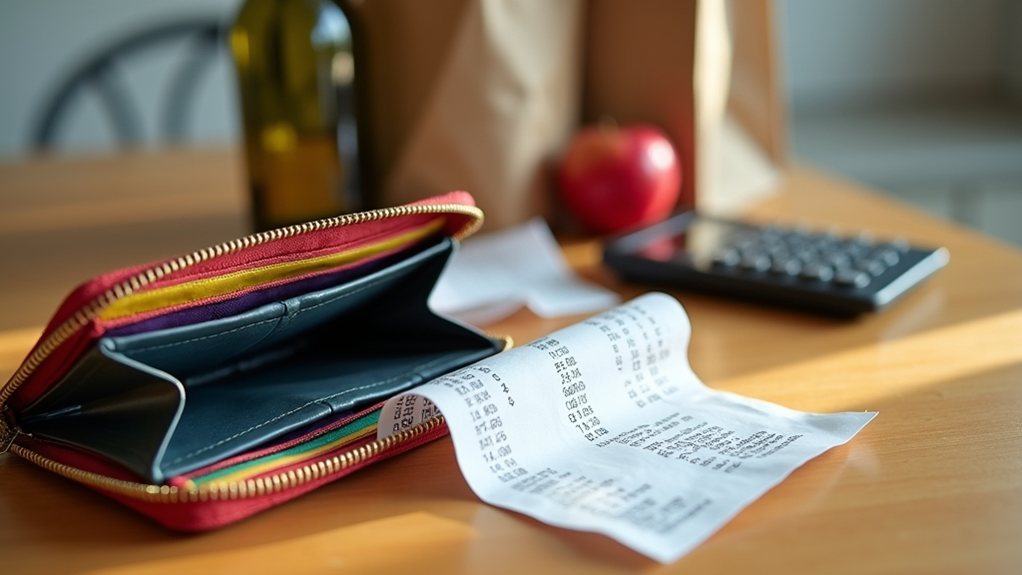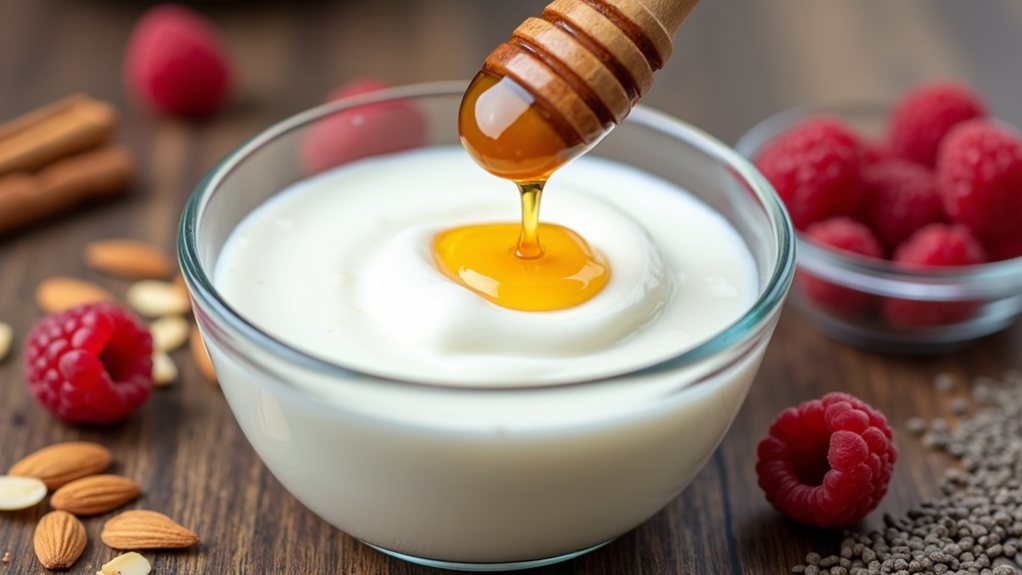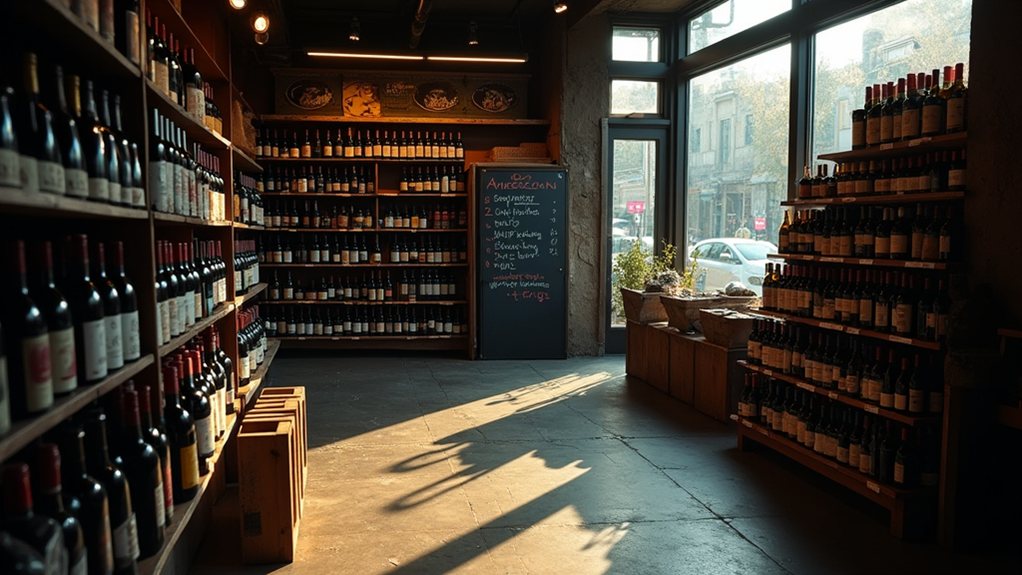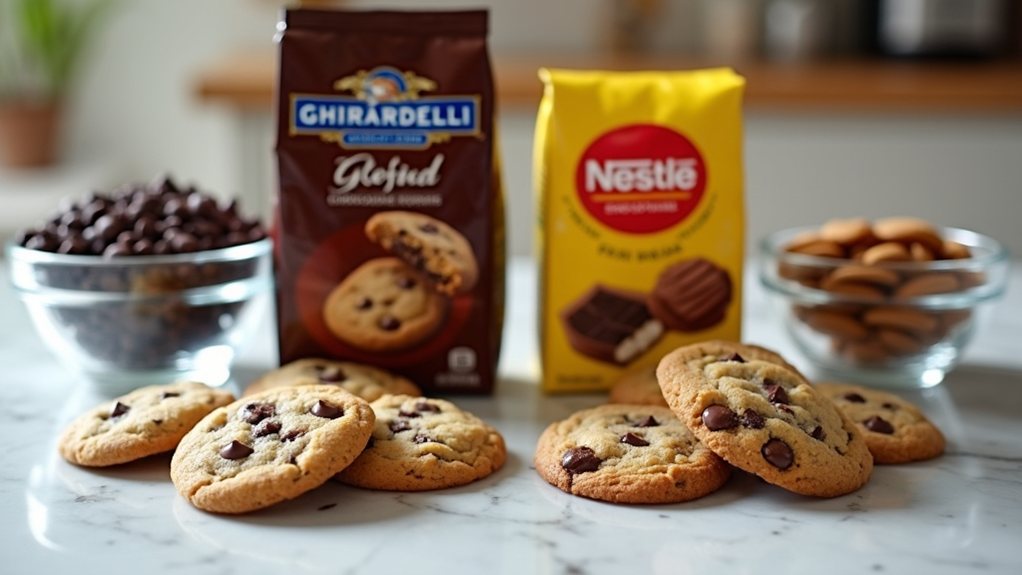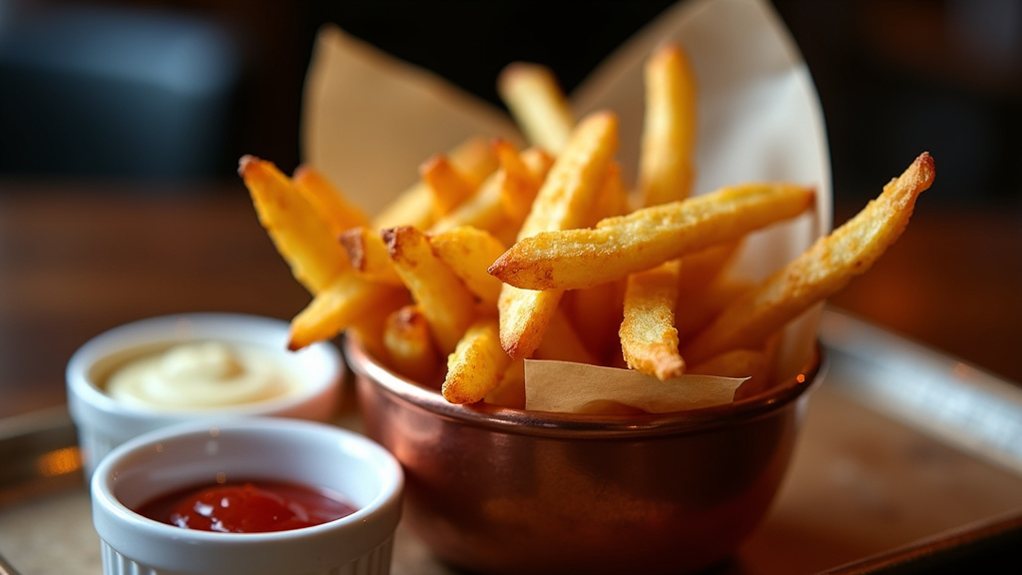The finest time to purchase fresh produce at the grocery store is shortly after restocking events, which typically occur in the early morning and just before closing. During these times, the selection is freshest and of higher quality. For larger retailers like Walmart and Kroger, this means arriving early or later in the day can yield optimal outcomes. Conversely, shopping during peak hours or on weekends often leads to limited options. Moreover, checking the back of displays can reveal the newest arrivals. Understanding the restocking schedule can significantly enrich your shopping experience and improve your grocery choices. For further insights, there is more to investigate.
Grocery Store Delivery Schedules
Understanding grocery store delivery schedules is essential for obtaining fresh produce. Major retailers like Walmart and Kroger typically restock their fruits and vegetables twice daily, often in the morning and before closing time. Thus, shopping shortly after these restocking events can yield the best selection. Conversely, smaller grocery outlets, such as local markets or independent stores, may only restock twice weekly, commonly on Tuesdays and Fridays, which can limit the availability of fresh items.
Shopping on Mondays may not be ideal due to the weekend crowds that can deplete inventory. To enhance your shopping experience, consider inquiring with store staff about precise restock times. They often have valuable information to assist in planning your visits.
Another helpful tip is to check the back of the shelves, where the freshest items are frequently placed. By being aware of delivery schedules and employing these strategies, you can significantly improve the quality of the produce you purchase. This knowledge empowers you to make informed decisions, ensuring you enjoy the freshest options available while selecting items that suit your preferences.
Freshness Myths Uncovered
The belief that grocery store fruits and vegetables are consistently fresh can be deceptive. Many shoppers think that produce, like apples and strawberries, is picked right before it arrives at retail locations. However, several factors influence the actual freshness of these items. Knowing these aspects can help consumers make better purchasing decisions.
- Fruits and vegetables can be preserved for extended periods in controlled environments.
- Innovations in agriculture enable off-season produce to be available throughout the year.
- Large grocery chains, such as Walmart and Kroger, typically restock their shelves multiple times each day, whereas smaller markets may do so every two weeks.
- Produce, including apples, is kept fresh through specific humidity and temperature settings.
- The most recently delivered items are often positioned at the back of the display.
These truths suggest that consumers should critically assess the freshness claims on produce. Familiarity with storage techniques and delivery frequency can greatly influence the quality of purchased items. Additionally, interacting with supermarket staff and learning about their restocking routines can enhance the shopping experience. By questioning the freshness of fruits and vegetables and recognizing these misconceptions, shoppers can better navigate their grocery selections, leading to healthier diets and a more satisfying cooking journey.
Optimal Shopping Times
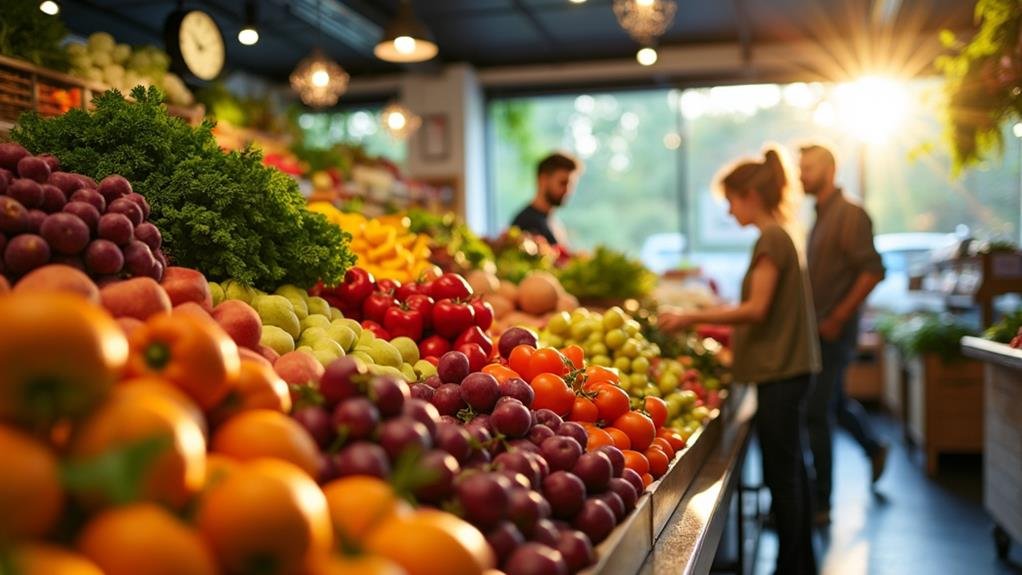
Timing is essential for obtaining the freshest fruits and vegetables at grocery stores like Walmart and Kroger. Major retailers typically restock their produce in the early morning and just before closing time. Smaller shops, such as local markets, usually refresh their inventory on Tuesdays and Fridays.
Shopping during these replenishment periods increases your chances of finding high-quality produce. Midday shopping is less favorable due to the high volume of customers, which often leads to limited selections. Mondays are particularly challenging because weekend shoppers tend to leave shelves nearly empty.
To ensure you choose the freshest fruits and vegetables, ask store employees about their restock schedules and look for items positioned at the back of the shelf, where newer arrivals are typically placed. Additionally, opting for local and seasonal produce can enhance the quality of your choices, resulting in a more vibrant and flavorful culinary experience. By being aware of these optimal shopping times, you can make informed decisions that benefit your health and elevate your meals.
Importance of Timing
Knowing the right time to visit your local supermarket is essential for picking the ripest fruits and freshest vegetables. Timing your grocery outings can significantly affect the quality of produce you bring home. Here are important points to consider:
- Supermarkets, like Walmart and Kroger, often receive deliveries of fresh produce early in the morning or shortly before closing.
- Shopping during peak hours, such as lunchtime, can lead to a less appealing selection because of increased customer traffic and emptied shelves.
- Sundays are particularly hectic, resulting in a reduced variety of fresh fruits and vegetables as shoppers rapidly clear out stock.
- Mornings and evenings are optimal for purchasing fresh goods, as stores are likely freshly stocked from their deliveries.
- Being informed about the restocking schedule of your favorite grocery store allows you to make smarter shopping choices.
Tips for Selecting Fresh Produce
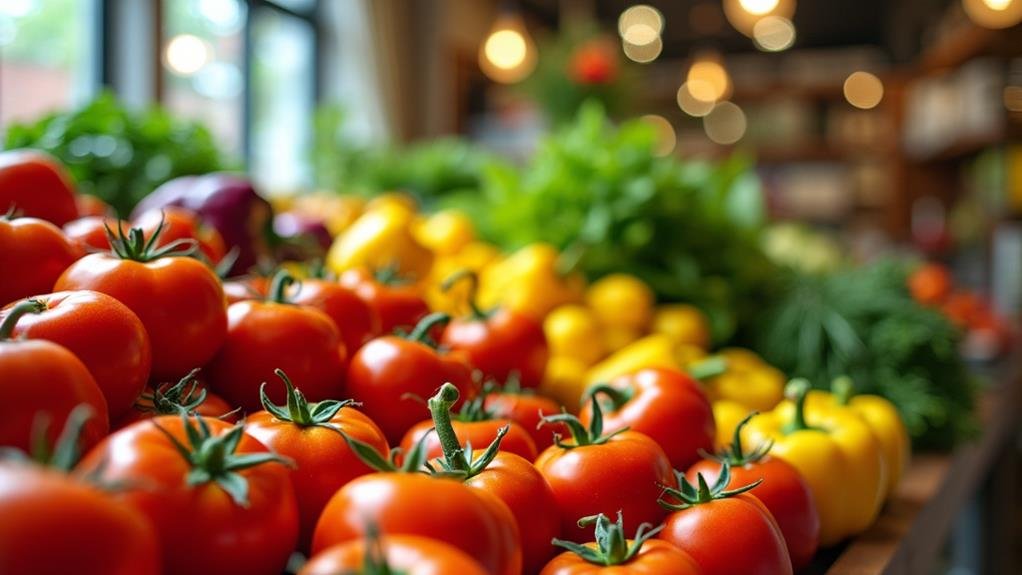
Choosing fresh fruits and vegetables requires attention and knowledge, especially after recognizing ideal shopping times. First, check your grocery store's restock schedule; large retailers like Walmart and Kroger usually restock produce two times a day, while local markets may do so only a few times a week. This insight allows you to time your visits for maximum freshness.
Upon arrival, inspect the produce thoroughly. Seek out items with later sell-by dates and check the back of the display, as newer selections are often placed there. It's advisable to avoid shopping during busy periods, such as lunchtime or Sundays, when increased shopper traffic can lead to a decrease in quality and variety.
Be aware of the effects of controlled-atmosphere storage, which can extend the shelf life of produce but may compromise freshness. Whenever possible, choose locally-sourced and seasonal items, like those from farmers' markets, as they typically provide better flavor and nutritional benefits. By following these guidelines, you can enhance your grocery shopping experience, ensuring that you select only the freshest produce, which in turn promotes a healthier lifestyle.



